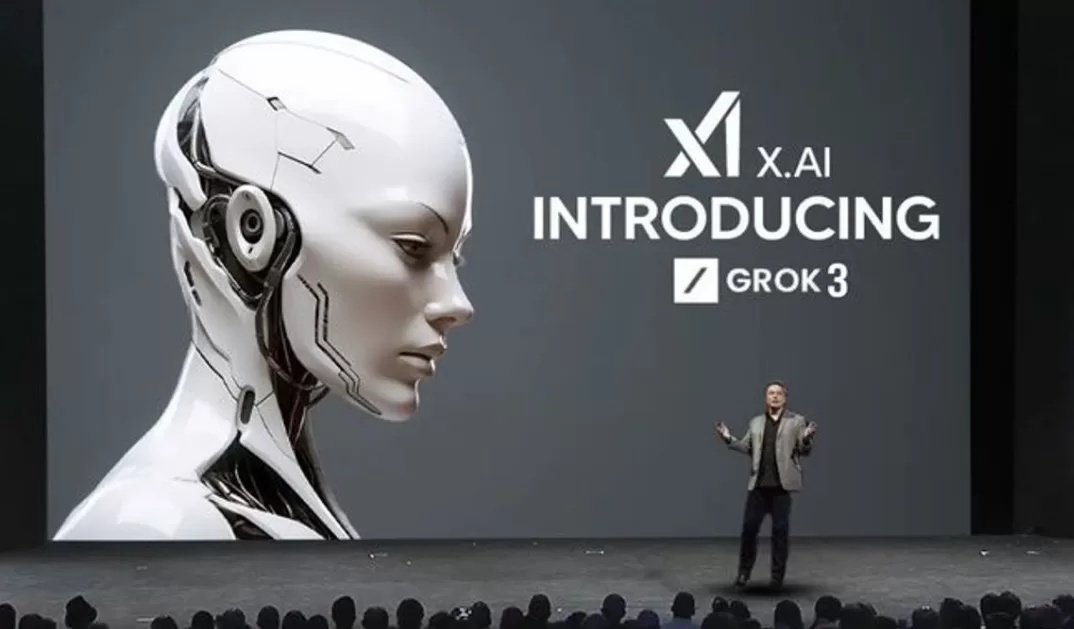Navigating “Limerence”: Designing a Customized ChatGPT-Based Assistant System
Author :Ko-Qin Mei, Yu-Ju Chen, Shih-Ta Liu
Abstract :
Limerence is a one-sided emotional state characterized by obsessive focus on a limerence object (LO) and intense emotional fluctuations, often disrupting daily life and mental well-being. Research suggests that limerence shares similarities with obsessive-compulsive disorder and addiction. Based on this, we adopt the Transtheoretical Model (TTM) as our theoretical foundation and develop Truth Tonic, a Custom GPT designed to facilitate LLM-driven cognitive reappraisal, helping individuals detach from limerence and regain rationality.
Truth Tonic features three core strategies: (1) using a direct and sharp tone to challenge entrenched thought patterns, (2) providing concise responses to avoid excessive elaboration on emotional distress, and (3) mimicking social media language to enhance engagement and trust. To achieve this, we collected and analyzed discussion data from platforms like Dcard and PTT, extracting conversational styles and persuasion techniques to inform AI responses. We designed prompts to ensure responses remain brief and direct. Additionally, we incorporated a Limerence Scale to assess users’ emotional states and adjust responses accordingly. A post-experience survey (n=112) evaluated user satisfaction and AI effectiveness. Results indicate that most users found the system helpful in recognizing emotional patterns, gaining clarity, and engaging in meaningful interactions. While the direct tone was generally well-received, some found it too sharp. Overall, Truth Tonic shows promise as an AI-driven intervention for limerence, with future refinements focusing on adaptive tone strategies to enhance user experience and intervention efficacy.
Keywords:Limerence, Custom GPT, Transtheoretical Model, Human Computer Interface, chatbot, AI.
